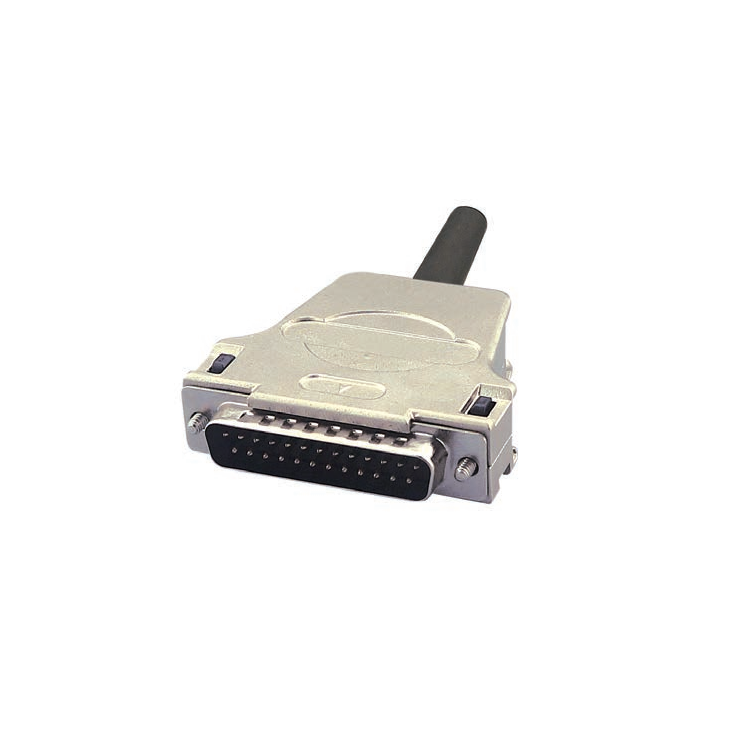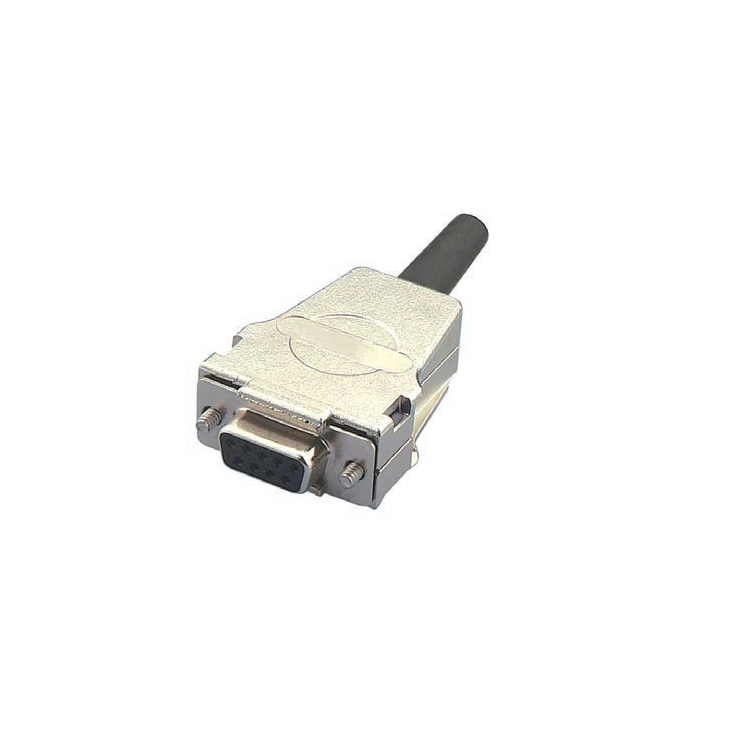Intel chip won the Audi new A8 into the self-driving semiconductor market
In recent years, global PC sales have been on a downward trend, and Intel has not been immune to this shift. As a result, the company is actively expanding into new markets beyond traditional PCs. One of its most significant moves came when it announced that its processors would be integrated into the semi-autonomous driving system of Audi's 2018 A8 model. This marks Intel's official entry into the fast-growing autonomous vehicle semiconductor market, even though it's still in the early stages of development.
This strategic move comes after Intel acquired Mobileye, a leading provider of advanced driver-assistance systems (ADAS), in 2017. Now, for the first time, Intel’s chip technology will power real-world self-driving applications. The company sees huge potential in the autonomous driving market, which is projected to reach $77 billion annually by 2035. With the PC market becoming increasingly saturated, this represents a crucial opportunity for Intel to diversify its revenue streams.
The processors used in the Audi 2018 A8 will come from Intel’s Programmable Solutions Group (PSG) and its subsidiary Wind River. While PSG contributed only 3% of Intel’s total revenue in 2016 — around $1.67 billion out of $59.4 billion — the group is expected to play a bigger role in the future as Intel continues to invest in this sector.
Despite this promising start, Intel faces stiff competition from industry giants like NVIDIA, which already has a strong presence in the automotive chip space. For instance, Audi also uses NVIDIA’s DrivePX2 platform in the A8, and Tesla’s Autopilot system relies on NVIDIA technology. These partnerships highlight the challenges Intel must overcome if it wants to gain a foothold in the market.
Intel’s success in this field will depend heavily on whether automakers and other stakeholders adopt its self-driving technologies. If the company can improve its offerings and build trust with car manufacturers, it could carve out a significant share of this booming industry. Whether Intel can attract more partners beyond Audi will be a key factor in determining its long-term success in the autonomous driving market.
According to a recent report by StrategyAnalytics, the rise of autonomous vehicles is expected to create a $7 trillion passenger economy, including ride-sharing, car rentals, and related services. Intel believes that the transportation industry is on the brink of a major transformation, and it’s positioning itself to lead the charge in this exciting new era.
The D-sub series is the most widely used small multi-core connector in the world. High versatility, in addition to high density, any manufacturer's products can be combined with each other as long as the number of cores match. Suitable for the equipment with mass production plan, and easy maintenance. There are 13 types of cores ranging from 9 to 78, including the high-density model, and each type is available in pin and jack types. At present, it is used in computer, FA controller, measuring instrument, communication equipment and other fields of computer industry. This new series is aimed at the growing number of applications that require fewer mating cycles, such as set-top boxes, control devices, and electricity meters. FCI's economical series d-sub connectors are used to meet applications with fewer mating cycles. Such as set-top boxes, control equipment and energy meters; and the demand for such applications is getting higher and higher.
Economical series of direct soldering of circuit boards. The d-sub connector is one of the earliest solutions, and it is also the most diverse and widely used input/output connector system.


D-Sub Connectors,Db 25 Pin Connector, DB 9 connector,DB 15 connector,D-Sub Connector 45 Degree
Kunshan SVL Electric Co.,Ltd , https://www.svlelectric.com